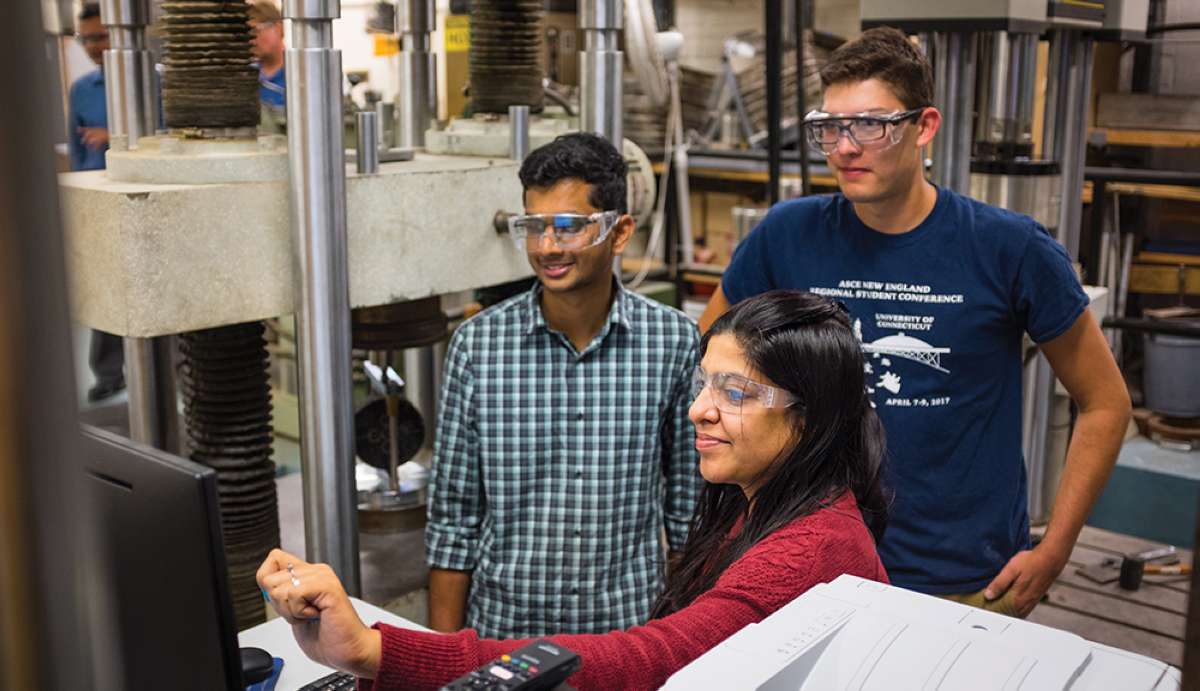One of the promising areas of civil engineering for interaction with a science museum is in the realm of academia and research. While funds are always limited, the guarantied salaries of university professors sometimes allow them to donate their expertise for public purposes, and in some cases they receive credit for such public service.
The consulting engineering firm, by contrast, receives income in proportion to how much billable work it produces, and career advancement is mostly based on what the engineer can do for the firm. Assistant professors, who have not yet attained tenure, are primarily evaluated on the quality and quantity of their research, especially as measured by publications in peer-reviewed journals, and for their teaching, while broader public service is given a lower priority in most universities.
Thus, sometimes a tenured professor (associate or full professor) is more likely to be able to extensively collaborate with a museum. Research grants often allow a modest budget for public education and outreach (typically 5% to 10% of the total budget on larger projects), and in some cases funding agencies and organizations require such education and outreach efforts.
For the university civil engineering professor, there are several points to keep in mind in considering how one’s research and educational work may or may not fit well with a given science museum’s program. One important consideration is the age level and educational background of the intended audience. In many cases, an age level of approximately ten years old may be a primary target audience for a museum.
In an unstructured setting of learning, a museum often seeks to ensure accessibility for visitors of a variety of educational backgrounds, whereas in academia, the students may be expected to all have certain prerequisites. In the university setting, lectures are common. In the museum, lectures are not the primary form of learning.
In the university, students have signed up for classes and can be expected to have an initial interest in the subject, or need to acquire the mastery of the subject and course credit for advancement. In the museum, visitors have no such pre-existing commitment to learning about a particular topic: They are pulled to an exhibit or other activity because it is interesting, not pushed because it is part of a curriculum.

Some universities have resources for faculty to assist them in designing education and outreach components of research projects. A school of education at a university is a likely source of such expertise. In some cases, a graduate student working under an education professor has provided the evaluation component of a museum project.
Some universities have dedicated education and outreach staff who may have existing contacts with the region’s science museums. To name one example, the University of Nevada at Reno has a Raggio Research Center for STEM Education. STEM stands for Science, Technology, Engineering, and Mathematics, the subject matter of the NSF program on informal science education. Engineering organizations in a region may have pre-existing contacts as well, and may have public education programs that might be expanded upon.
A given research solicitation to which a faculty member is responding may list a number of audiences that are desirable to reach with education and outreach efforts, such as young children, Kindergarten-through-grade-12 (K-12), older adults, or particular ethnic, racial, or gender groups.
It may be tempting for the professor to think that a science museum can provide “one-stop shopping” to reach all of these intended audiences, but it may be necessary to have a more focused effort. Budgets seldom go as far as one initially hoped, and they need to be prioritized for a project to successfully reach its audience or audiences.
If you liked this article, then please do share it on the Social Media. If you have a question or suggestion? Then you may leave a comment below to start the discussion.
